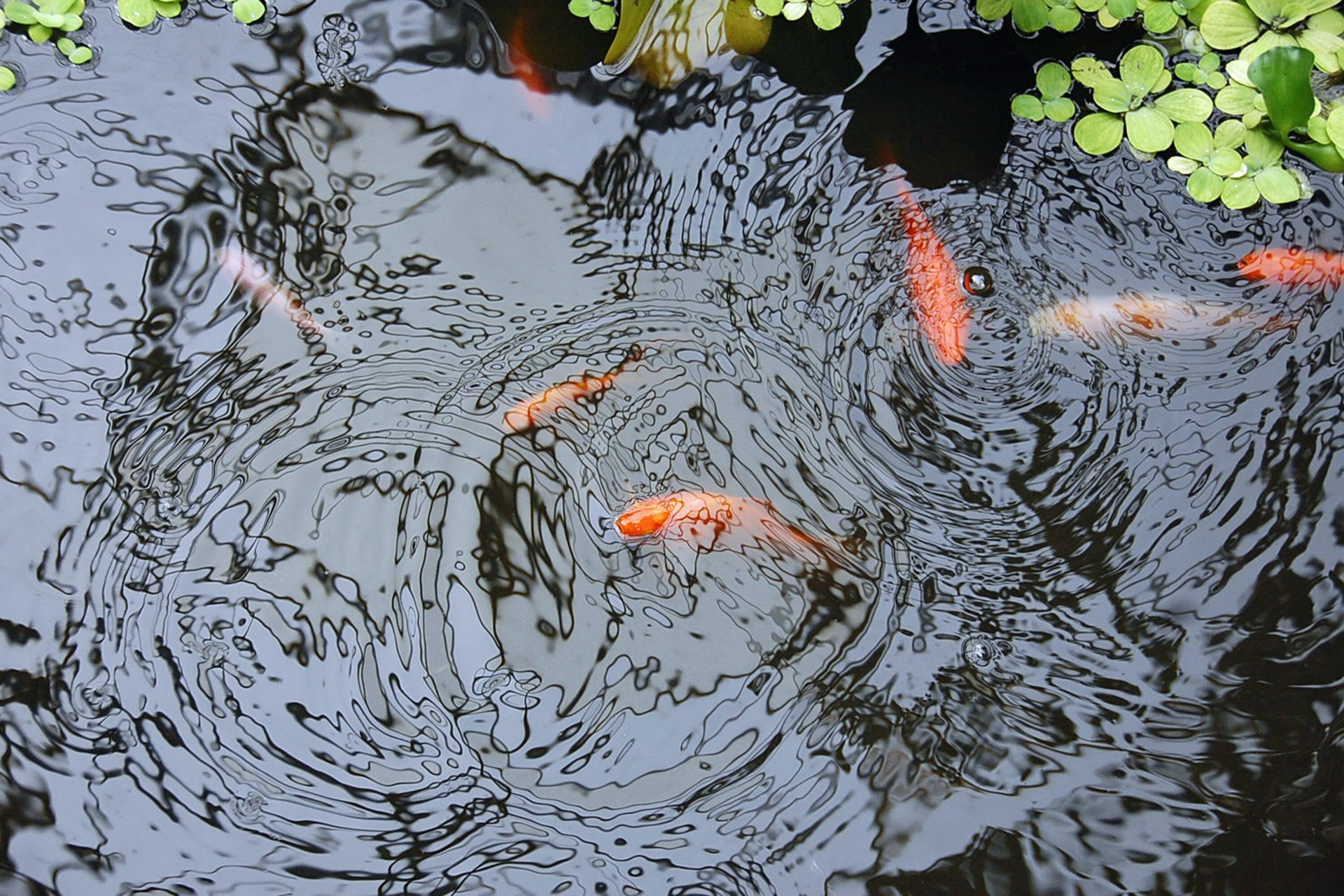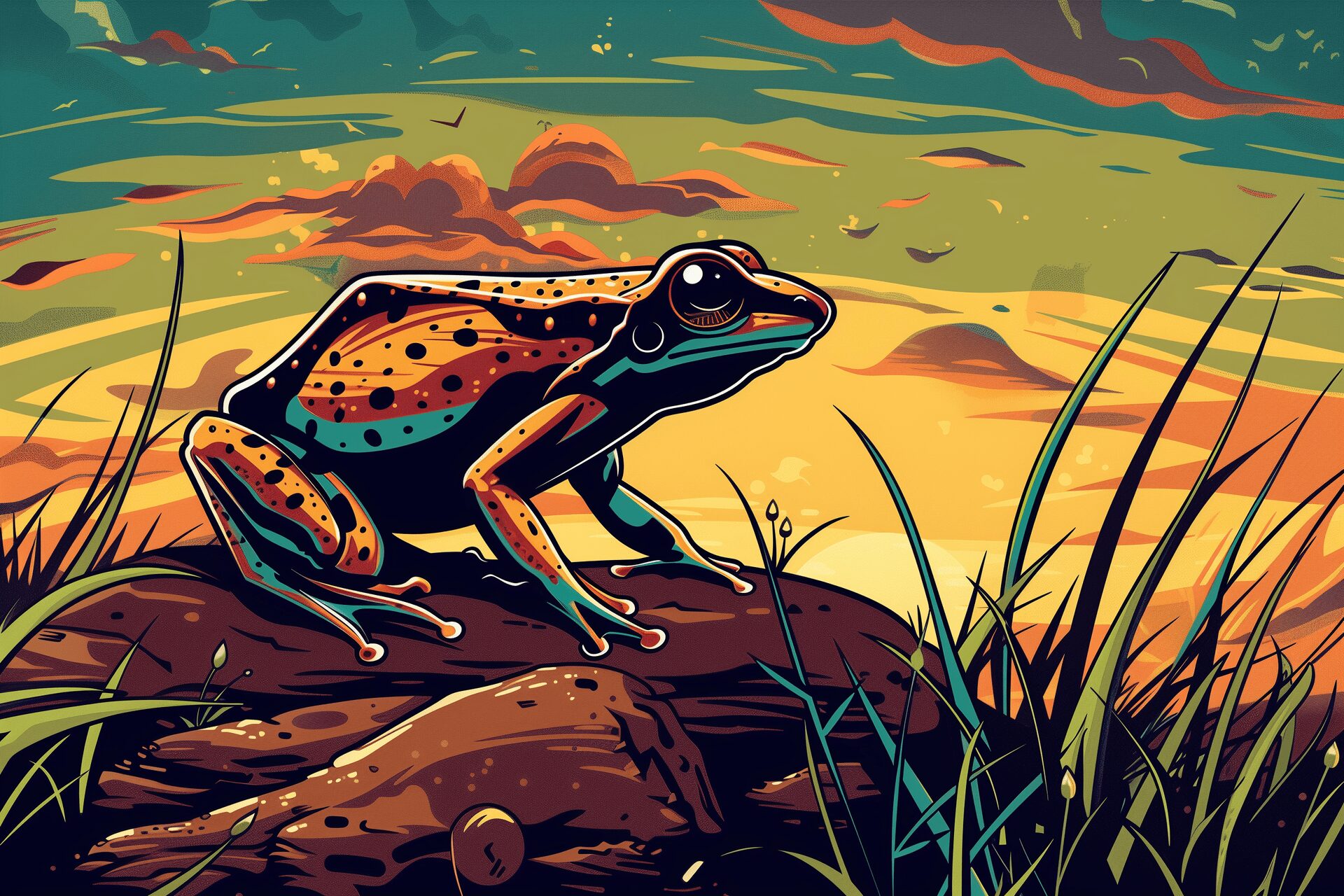How to Raise Fish for Food
Jan 05, 2020

As an Amazon Associate, Modded gets commissions for purchases made through links in this post.
Fish have long been a food staple around the world. Packed with nutrients like omega-3 fatty acids, B vitamins, zinc and protein, many athletes and nutritionists consider fish a superfood and recommend eating fish regularly as part of a healthy diet.
Typically, you probably think of buying fish at the store. It’s either wild-caught or farmed and then brought to your local market. What if you could grow your own fish for food? You can, and in doing so, you’ll save money and enjoy a cleaner meal. Read on to learn how to raise fish for food.
Create Your Fish Habitat
Fish need space to live, and if you’ve already got a pond in your yard, it makes a great start for your fish habitat. You may want to dredge it before adding your fish to remove any debris or algae and make the environment more hospitable for your finned friends. Also, be sure that you check with your local authorities to see if a permit is required to raise fish in your state.
Your pond should include some aquatic plants and algae, so you won’t need to use the algaeecide you would in a swimming pool. That doesn’t mean, however, that you can ignore the quality of the water. You should invest in a limnology kit, which evaluates water quality, to ensure your fish have a suitable habitat to live in.
Add Some Fish
Central to the project of raising fish are the fish themselves. If you’re planning to farm fish for food, there are great options out there. Carp can survive under similar conditions as koi and will eat nearly anything. They can also be stocked cheaply.
In addition to these two options, tilapia and trout are two types of fish you might associate more with fine dining. Tilapia require more close attention to temperature than koi and carp, preferring water between 77 and 86 degrees Fahrenheit. On the upside, tilapia grow to full size in about eight months, so you’ll enjoy some return on your investment quickly. Trout aren’t as delicate when it comes to temperature. They handle the cold well but can be picky eaters.
Make sure you consistently add fertilizer and food for your fish to keep them growing and healthy. The aquatic ecosystem is sensitive, so you’ll even want to leave fish that die in the pond for some time to keep from upsetting the habitat.
How to Raise Fish for Food
When your fish reach adulthood, it’s time to enjoy the food you’ve grown. There are many great ways to cook fish — you can bake, fry or smoke it and add any number of seasonings. Pick up your favorite seafood cookbook and find something you can adapt to the type of fish you’ve raised. If your habitat is healthy, your home-grown fish will be fresher and tastier than anything you can pick up at the market.





